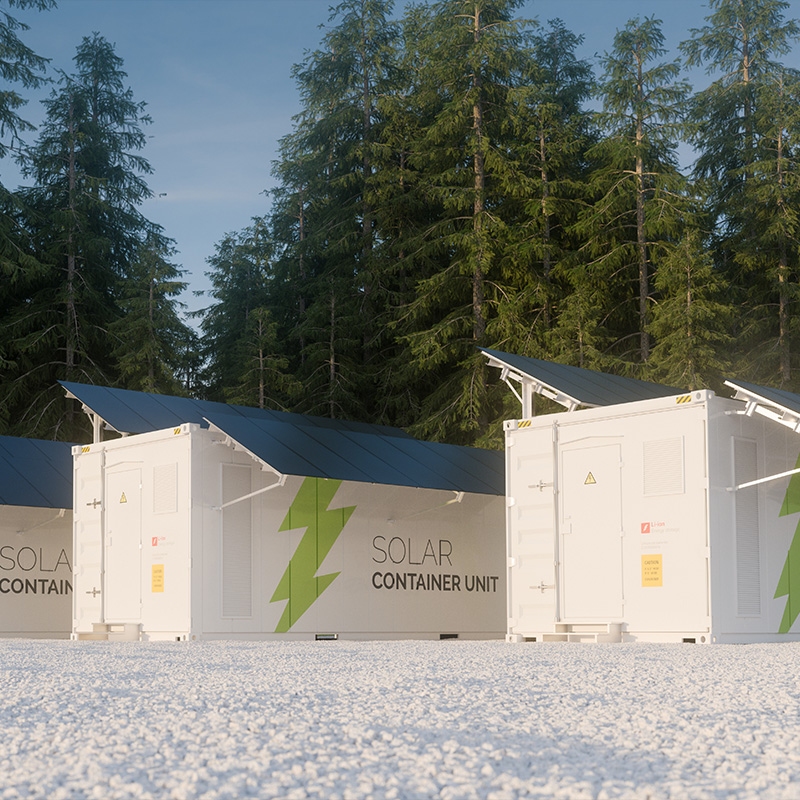
Making the Connection – Energy Storage in the US
Getting beyond the “Magnificent Seven”
According to the International Energy Agency (IEA) in 2019 Germany (0.5GW), China (0.5GW) and South Korea (0.6GW) all deployed more energy storage capacity than the US (0.4GW). In fact, only seven states have adopted policies with energy storage mandates, targets and goals; New York, New Jersey, California, Nevada, Massachusetts, Oregon and Virginia. It is possible to add an eighth player in the form of Texas which has become a major energy storage market just through deployments without a target. It is clear that local factors are the dominant factors in determining whether a state has an energy storage plan – in California urgency was derived from the disastrous wildfires of 2019, with grid resilience becoming a hot topic for the state. Whilst it’s clear that the states that have policies are performing well, there is a missed opportunity for the wider US energy market in not developing a more top-level approach for energy storage.
A lack of a joined-up approach is already laying the seeds of future issues. An obvious topic is around the role of energy storage – already there are several different approaches being taken; in California, the Independent Systems Operator is conducting its own review into ownership, ERCOT in Texas is considering defining storage as a separate entity from generation and load, whilst the Midwest Independent Systems Operator has asked federal regulators to designate storage as an alternative to transmission. The danger is that any would be energy storage operator could be tied up in several very different bureaucratic regimes, reducing efficiency and delaying deployment. Its time go beyond the “magnificent seven” and adopt a more strategic approach to energy storage.
What is the rush?
There are two good reasons why the time is right for a better strategy for managing energy storage in the US. Its common challenge for governments around the world to struggle to keep pace with technology, just ask Google, Apple, Facebook, and Amazon, but there is a different problem (with similar roots) developing for energy storage. Energy storage has gone from being an expensive technology that has struggled to explain itself to investors, to a highly attractive niche investment. Simply put there is a window of opportunity to maximize investments to the sector which will be great for jobs, the economy and overall grid resilience.
The second reason is more of a fait accompli. Energy storage is coming whether people like it or not. This August (2020) the US Energy Storage Association (ESA) released some interesting research. Having looked at installed and proposed utility scale hybrid power plant projects in the US, they found that 28% of solar plants included energy storage as well as for 5% of wind energy projects. The percentages may sound low, but they account for 113GW of renewable energy projects. That is a big enough number to keep you awake at night.
The benefits of promoting energy storage
Energy storage enjoys many intrinsic benefits, its flexibility, and ability to integrate distributed energy, solar and wind alongside its track record in improving grid efficiency make it attractive as an asset. Environmentally it helps reduce the need for “peaker” plants and their pollution impact.
What is the next step?
The single biggest challenge is removing barriers to interconnection. Some positive steps have already been made here, the Interstate Renewable Energy Council (IREC) initiated a project in April which will last three year. The project is called Building a Technically Reliable Interconnection Evolution for Storage (BATRIES). It aims to help create common standards via tool kit that can be applied across the different state regulations and product designs. Importantly the project will also include an emphasis on training and outreach which should help accelerate the success of the initiative.
